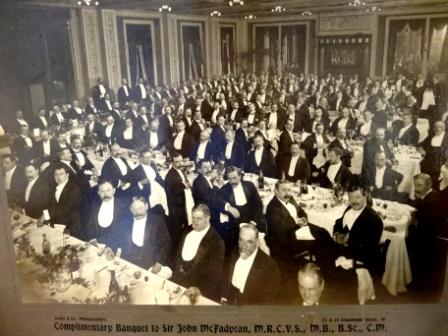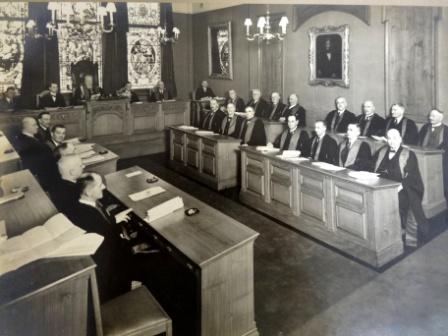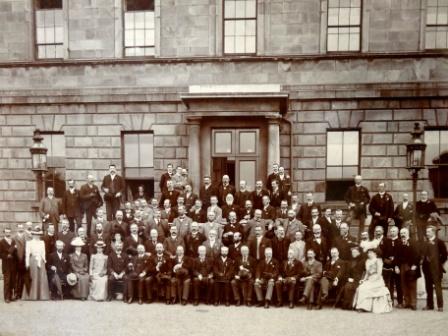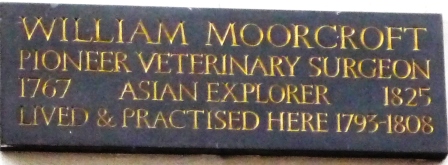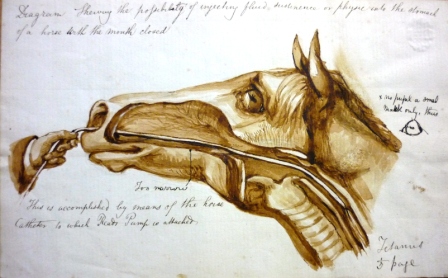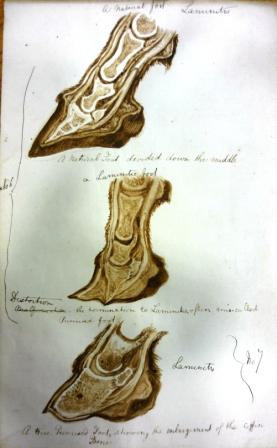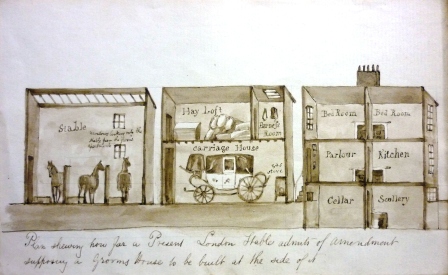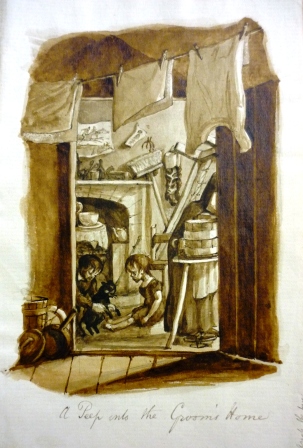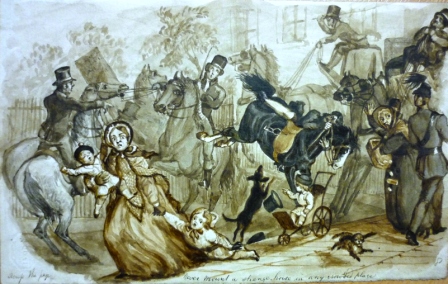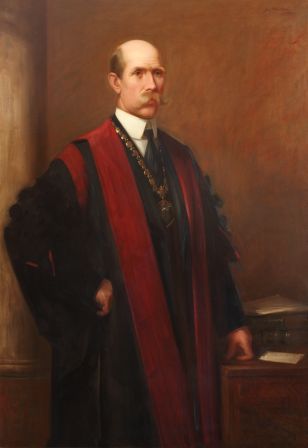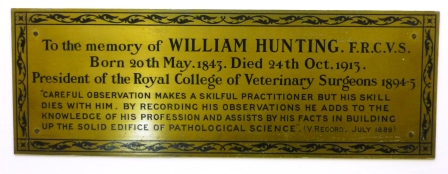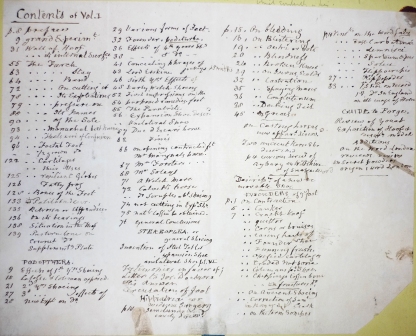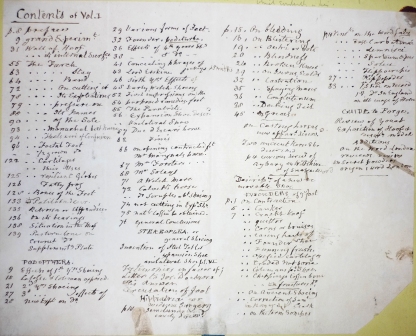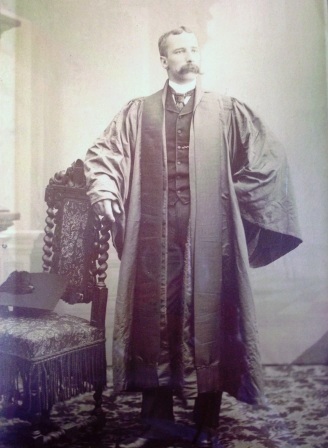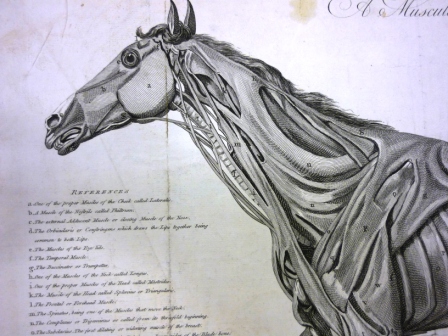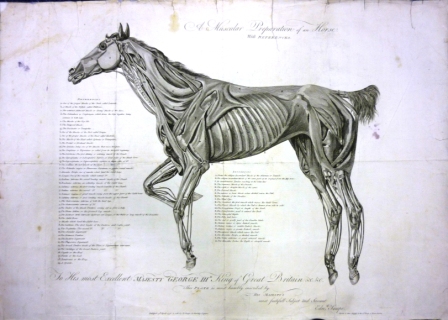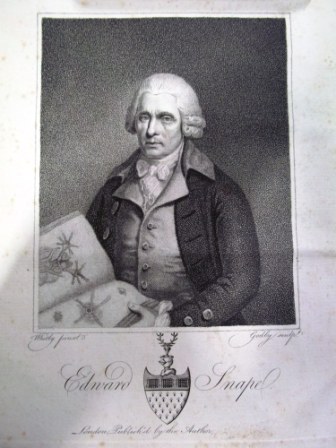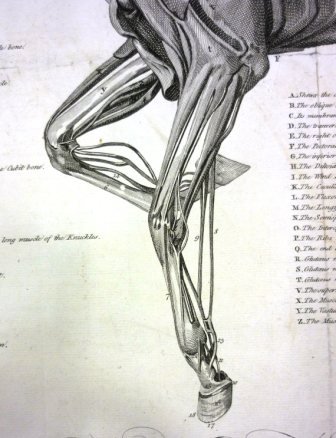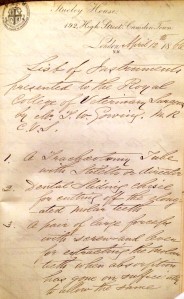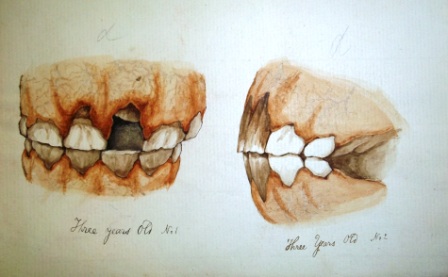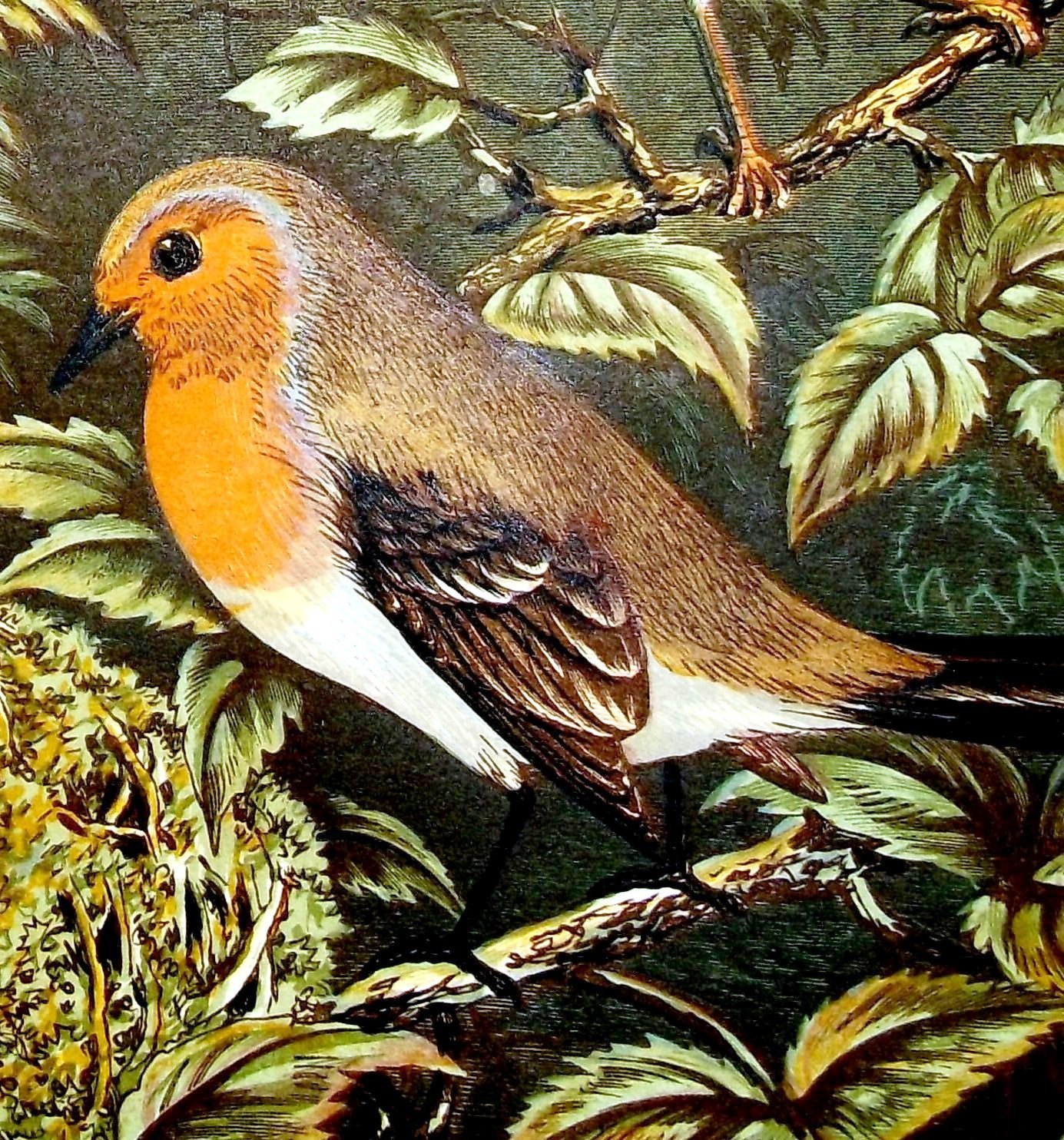Celebrating National Pet Month – a selection of open access resources on small animal medicine
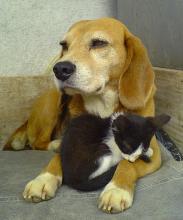 This year National Pet Month runs from 1 April- 6 May. As their web site says they are on a mission to:
This year National Pet Month runs from 1 April- 6 May. As their web site says they are on a mission to:
- help promote responsible pet ownership across the UK
- highlight the important work of pet care professionals and working companion animals
- raise money for the nation’s pet care charities
As a library we have a role to play in supporting the work of pet care professionals and in particular vets. As can be expected there is a huge range of resources available on small animals so in honour of National Pet Month we thought we would highlight a few of the open access (free) ones.
Journals:
Acta veterinaria Scandinavia
Banfield Journal: Achieving Success in Practice which has a critically appraised topic in every issue!
Emerging Infectious Diseases
Journal of animal welfare law
For more open access veterinary journals
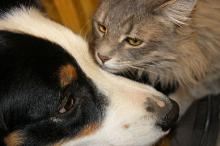 Review articles:
Review articles:
Yeates, J., Everitt, S., Innes, J. F. and Day, M. J. (2013) Ethical and evidential considerations on the use of novel therapies in veterinary practice. Journal of Small Animal Practice, 54(3), pp. 119-123 This article reviews the ethical and evidential considerations of novel veterinary therapies while safeguarding the welfare of animals.
AVMA Guidelines for the Euthanasia of Animals: 2013 Edition
Books:
DeBusk, S., Silberstein, N. And O’Keefe, L. (eds.) (2011) Anesthesia for the vet practitioner. Rev. 3rd ed. [online] Portland : Banfield Pet Hospital. Available from http://www.banfield.com/Pet-Owners/About-Us/Medicine/Research/Anesthesia-Book [Accessed 18 April 2013]
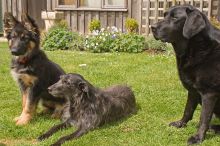 Databases:
Databases:
PubMed Central – access to journals in biomedical, life-sciences and veterinary science
AVMA collections – a selection of articles from AVMA scientific journals that have the most practical application on specific subject areas e.g. Canine behaviour series, Disaster preparedness and response (including health of search and rescue dogs), Feral cats, Heartworm disease, Obesity in dogs, Rabies, Spay-neuter
For more open access databases
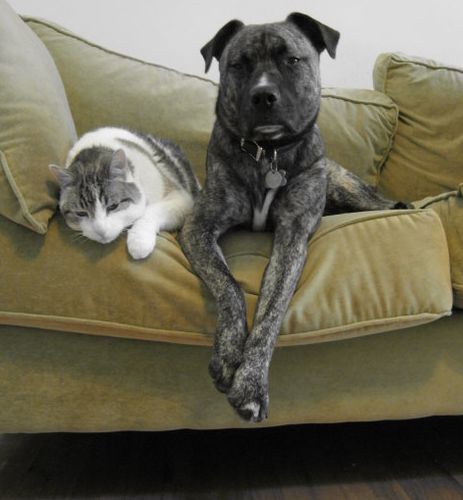 Conferences:
Conferences:
The International Veterinary Information Service (IVIS) provides free access to veterinarians, veterinary students, technicians and animal health professionals worldwide e.g.
American Association of Feline Practitioners Practice Guidelines (1998-)
European Association of Veterinary Diagnostic Imaging (2005-)
European Veterinary Conference (2007-)
European Society of Veterinary Orthopaedics and Traumatology(1998-)
North American Veterinary Conference (2005-)
World Small Animal Veterinary Association (2005-)
All you need to do is register with the website.
So as you can see there is a lot of information out there. Don’t forget if you need help finding your way through it all we are here to help.
First image by Claudio Matsuoka under this Creative Commons License
Second image by Carterse under this Creative Commons License
Third image by MarilynJane under this Creative Commons License
Fourth image by Ohnoitsjamie under this Creative Commons License

